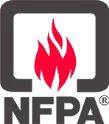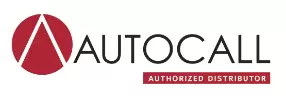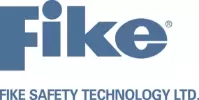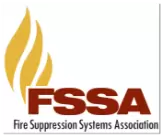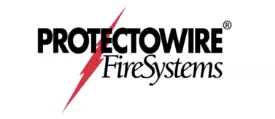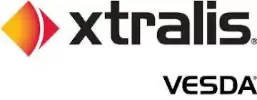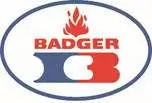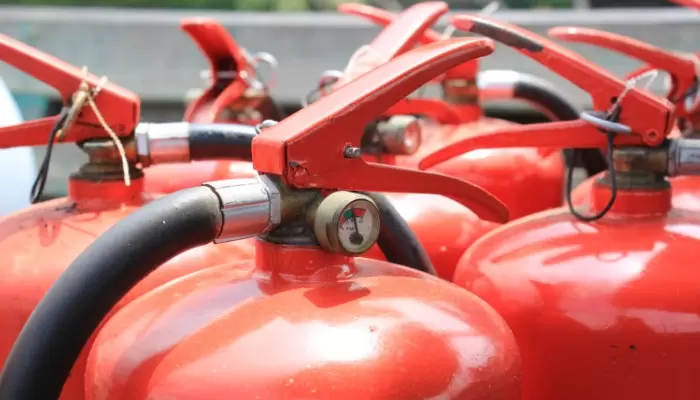
How to Choose The Right Fire Extinguisher
When it comes to protecting your home or business from fire, having the right fire extinguisher on hand can make all the difference. But with so many types out there, how do you know which one is right for you? This guide will walk you through the various types of fire extinguishers, how to choose the one that fits your needs, and the risks of using the wrong type. Let’s make fire safety a bit easier to understand, with some eye-opening statistics to back it up!
Different Types of Fire Extinguishers and Suppressants
There’s no one-size-fits-all fire extinguisher. Each type is designed for specific kinds of fires and uses different extinguishing agents (suppressants) to put them out.
- Class A (Water Extinguishers): These extinguishers are meant for everyday fires involving materials like wood, paper, and cloth. They use water or foam to cool the fire and remove the heat needed to keep the fire going. Water-based extinguishers are simple but effective for these ordinary combustibles.
- Class B (CO2 or Dry Chemical Extinguishers): If there’s a fire involving flammable liquids like gasoline, oil, or paint, a Class B extinguisher is what you need. These typically use carbon dioxide (CO2) or a dry chemical powder that works by cutting off the fire’s oxygen supply, smothering the flames. CO2 is especially effective in areas where water or foam would cause more damage, like around electronics.
- Class C (CO2 or Dry Chemical Extinguishers): Electrical fires need special attention, and that’s where Class C extinguishers come in. The most common suppressants used are CO2 or dry chemicals, which do not conduct electricity and therefore reduce the risk of electric shock. These extinguishers are ideal for fires involving appliances, wiring, or circuit breakers.
- Class D (Dry Powder Extinguishers): If you work with metals like magnesium or titanium, Class D extinguishers are required. These specialized extinguishers use a dry powder designed to absorb heat and isolate the burning metal from oxygen. Unlike foam or water, which could cause dangerous reactions with metals, the powder helps safely neutralize the fire.
- Class K (Wet Chemical Extinguishers): Commonly found in commercial kitchens, Class K extinguishers are designed to handle grease fires caused by cooking oils. These extinguishers use a wet chemical suppressant that cools the fire and forms a soapy layer over the burning oils, cutting off oxygen and preventing re-ignition. It’s crucial in preventing fires from spreading in kitchen environments where grease is common.
Why What Type of Fire Extinguisher you Have Matters
Using the wrong fire extinguisher can turn a bad situation into a disaster. For example, if you try to use a Class A extinguisher (meant for wood or paper) on a grease fire in your kitchen, you might accidentally spread the flames. The chemical makeup of each extinguisher is specific to the type of fire it’s designed to fight.
Did you know that nearly 60% of people are using the wrong type of fire extinguisher for their environment? According to a study by FEMA, this leads to ineffective fire suppression, property damage, and, in some cases, injuries.
The Risks of Using the Wrong Type
Imagine a small grease fire in your kitchen—manageable, but only with the right tool. If you were to use a Class A or Class B fire extinguisher, which isn’t designed for grease fires, the results could be catastrophic. Instead of putting out the fire, the pressurized chemicals could cause it to splatter and spread.
Similarly, using water-based extinguishers (like Class A) on an electrical fire increases the risk of electrocution. According to the National Fire Protection Association (NFPA), electrical fires cause over 1,300 injuries each year, many of which could have been prevented with the right fire safety equipment.
Where Should You Keep Fire Extinguishers?
Now that you know the types, let’s talk placement. The kitchen is an obvious spot, especially for a Class K extinguisher. For general household safety, having an ABC extinguisher (one that covers Classes A, B, and C) near high-risk areas like the garage, laundry room, and near electrical outlets is a smart move.
In commercial settings, you’ll need to think strategically about where fires are most likely to occur. Fire extinguishers should be placed near exits, electrical panels, and workstations where flammable materials are in use. According to OSHA guidelines, portable fire extinguishers should be placed within 75 feet of travel distance from any point in a commercial building.
Facts to Keep in Mind:
- Fires in the home account for 27% of reported fires but result in 79% of fire-related deaths. What type of fire extinguisher you have nearby can significantly reduce these statistics.
- A fire can double in size every 60 seconds. Quick access to the right extinguisher can be the difference between a minor inconvenience and a devastating fire.
- According to NFPA, Class K fire extinguishers are required in all commercial kitchens to prevent the spread of dangerous grease fires, which account for about 61% of restaurant fires.
Getting the Right Help
If you’re unsure which fire extinguisher is best for your space, we here at Fire Protection Team are here to help. Serving areas like Bronxville, Hartsdale, and other nearby communities, our experienced team can guide you through the process of choosing the right extinguishers and making sure they’re up to date with regular inspections.
It’s not just about picking any fire extinguisher—it’s about picking the right one and having it in the right place. As a full-service fire protection company, our team provides expert advice, installation, and ongoing maintenance so you’re never left unprepared.
Final Thoughts on Choosing the Right Type of Fire Extinguisher
Having the right fire extinguisher could save your property, and more importantly, your life and the lives entrusted to your care. Whether you’re a homeowner or a business owner, make sure you’re fully equipped for any fire emergency. Conveniently headquartered in Connecticut, Fire Protection Team proudly serves New England, from Vermont and Massachusetts down to New York. We have the tools and knowledge to keep you protected in case of a fire emergency.
Get in touch with us today at 203.250.1115 or contact us online to find out how you can be better protected in case of a fire emergency.

